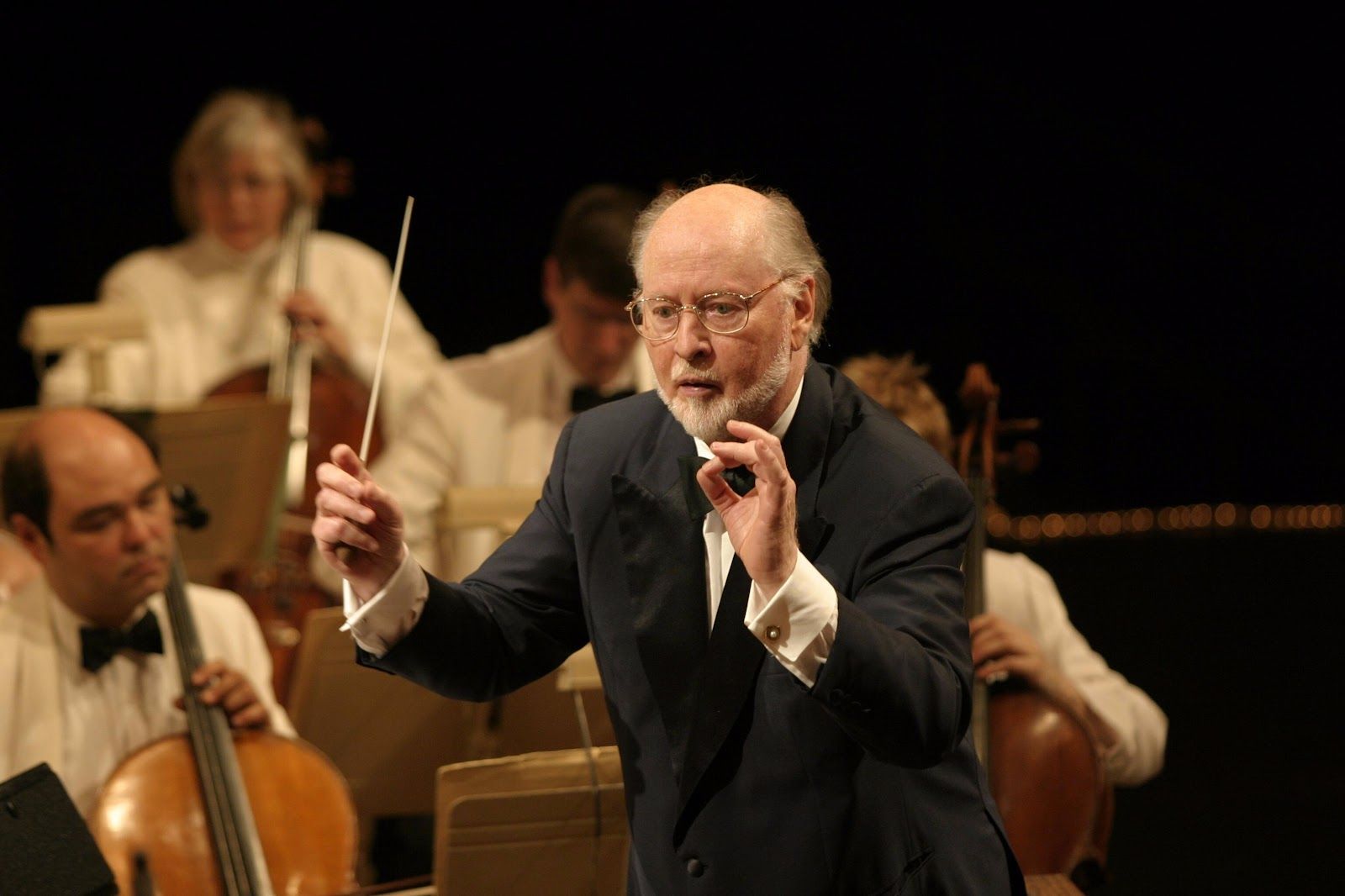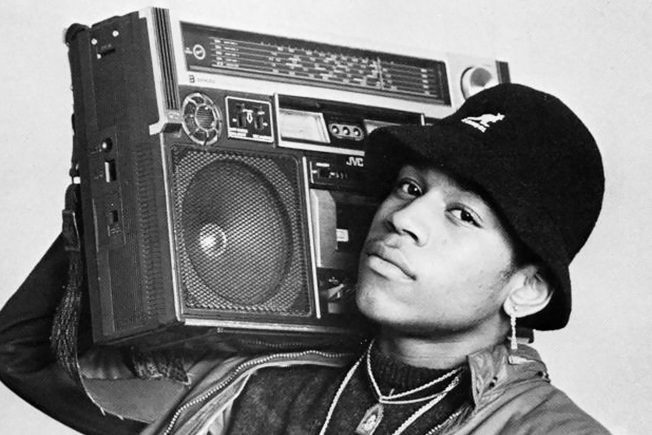Happy Friday, Creatives! Today we share some philosophies from award-winning film composers. Hans Zimmer, John Williams, and Hildur Guðnadóttir have all helped to build worlds with their creativity. Worlds that have shaped the course of history and inspired millions of people. Have you ever considered building worlds with your music? Have you ever thought your music could change the course of history or inspire millions? Let’s see what these three artists have to say about how they did it.
QUICK LINKS

John Williams Doesn’t Wait For Inspiration.
John Williams’ scores have soundtracked the evolution of entertainment. The audio worlds of Star Wars, Harry Potter, Jurassic Park, and Indiana Jones are just a few of the unmistakable themes he’s channeled via the creative muse into ears all over the world. He’s won five Academy Awards for his work and has been nominated over 40 other times.
Where does one person find inspiration like that again and again across a career lasting over 50 years? Well, according to Williams, it’s not “where” or even “how.” It’s “ when .”
“Inspiration comes at the eighth hour of labour, rather than as a bolt out of the blue. We have to get our vanities and our preconceptions out of the way and do the work in the time allotted.” – John Williams
Unfortunately, human beings can not fully control when inspiration arrives. We do know that it tends to happen the more we show up. And when it doesn’t show up, you are letting the universe now that you are not impatient, you are ready… showing up everyday to feel the breeze.
Can Creativity Be Explained?
Hildur Guðnadóttir swept into the world of film and television composition with her Academy Award and Golden Globe winning score for Joker and her Emmy winning score for HBO’s Chernobyl. Before her massive year with those two projects, she had scored several other films, and prior to her work in film she played in numerous bands in her native Iceland.
Guðnadóttir has spent her whole life around music, which makes it a bit surprising that she doesn’t like to talk about music:
“You know, I don’t like talking about music very much. I have quite the hard time explaining myself.”
Have you heard the soundtracks to Joker and Chernobyl ? If not, go grab a free Spotify account and check them out. Can you “explain” this music? Seems unlikely since Guðnadóttir has a hard time explaining it.
Music is formless, shapeless and ever expanding. Music Theory is the practice of bringing that formless entity into tangible ideas. However, despite the authority many give this topic, it is just a theory. Names for things to communicate the invisible realm that is music. Use these names as means to explore the parts of music that can’t be explained. The parts of music that flow out of you when you’re in the presence of the muse.
Keep It Simple With Hans Zimmer
Would you consider orchestral music to be complex? Compared to some genres that are just a guitar and a voice, orchestras use so many different instruments. Dozens if not hundreds of people can be in one orchestra, and most of their parts are different. It’s a lot going on.
Yet despite these complexities, revered composers like Hans Zimmer can make orchestral music simple.
“I’ve spent my life trying to make things simpler. Because I find, ultimately, that complicated doesn’t reach the heart.” – Hans Zimmer
Consider one of Zimmer’s most famous orchestral scores: The Pirates of The Caribbean. How many of you instantly heard the lead melody of Pirates in your head after reading that? Despite the number of instruments, that melody is catchy and relatable like a pop hook. It’s supported five different Pirates movies across 14 years.
Simplicity is independent of format and logistics. The number of instruments in an orchestra is irrelevant just like the number of OTT’s on your Serum patch is irrelevant. Simplicity can still be achieved, and simplicity reaches the heart.
- What makes the Pirates lead melody so memorable?
- How can you apply those qualities to your music?
Inspiration is contagious. If you gained anything from this article, share the love with a fellow creative. Make an impact on their day!

Turn your passion for music into a Profession: Learn more about our Music School Programs!
MORE ARTICLES FROM THE ICON BLOG

FIND YOUR SOUND, HONE YOUR CRAFT:
Are you ready to turn music into a career? ICON prepares students to become music producers, composers, performers, recording artists, professional DJs, and entrepreneurs in the entertainment industry. Click below to get information about our award-winning programs:

